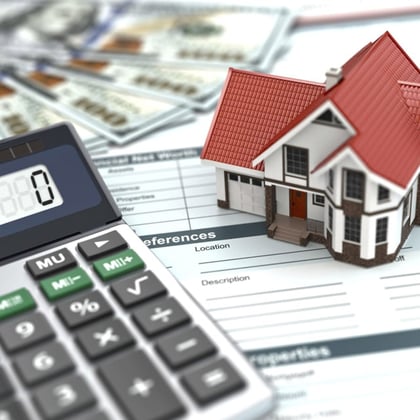What You Need to Know
- Demand is so fierce that almost half of U.S. homes are selling within a week of hitting the market, a record pace, according to Redfin.
- Annual price growth reached 17% in March, the highest in data going back to 2012.
- Buyers are bidding high and waiving inspections and mortgage contingencies.
Last year’s pandemic housing rush is now this year’s end-of-lockdown feeding frenzy.
Across the U.S., house hunters are fighting for scraps in a market picked clean of listings during the key spring homebuying season.
Bidding wars are the norm. Strategies like waiving inspections to secure deals, common for years in hot West Coast tech hubs, are popping up in places from Buffalo, New York, to Salt Lake City.
Demand is so fierce that almost half of U.S. homes are selling within a week of hitting the market, a record pace, according to Redfin.
Annual price growth reached 17% in March, the highest in data going back to 2012. Urgency is amped up, with real estate agents commonly limiting bidding to a few days and then pitting buyers against each other.
“New listings get snatched up right away,” said Daryl Fairweather, Redfin’s chief economist. “First it was, the faster you move, the more of an edge you have. Now if you don’t put in an offer five days after it’s listed, you’re not going to be considered at all.”
This clamor is intensifying a pandemic boom begun last year, fueled by record-low mortgage rates and demand for bigger houses in a remote-work world.
Now, growing optimism about an economic recovery — as well as the prospect of rising borrowing costs — are bringing out Americans who are flush with savings from a year of staying home. Some employers also are signaling long-term job flexibility, enabling buyers to spread out to the suburbs or move to cheaper locales.
At the same time, the supply of homes is shrinking fast. Inventory in the warmer months typically expands because sellers like to list in the spring to have deals closed by summer, when families can settle in before school starts.
But in March, the number of active listings dropped by more than 40% from a year earlier to the lowest level on record, according to Redfin.
Builders can’t build fast enough, so many are jacking up prices to boost margins as costs climb for materials, land and labor.
“The builders have been whining forever about people not having down payments,” said John Burns, a homebuilding consultant. “What’s different about this spring is how much cash people have.”
Seller Reluctance
Supply is scarce, in part, because homeowners are reluctant to put their properties up for sale because they may struggle to find something they can afford to upgrade to. The pandemic also plays a role for people who don’t want strangers traipsing through homes for open houses. But those who do sell are getting rewarded handsomely.
Buyers are bidding high and waiving inspections and mortgage contingencies, even if that results in them having to make up the difference if the home value appraisal falls short. They’re doing what it takes to stand out, said Jim Black, a broker who works in the normally-tame area of Worcester, Massachusetts, about an hour west of Boston.









 April 09, 2021 at 02:20 PM
April 09, 2021 at 02:20 PM











